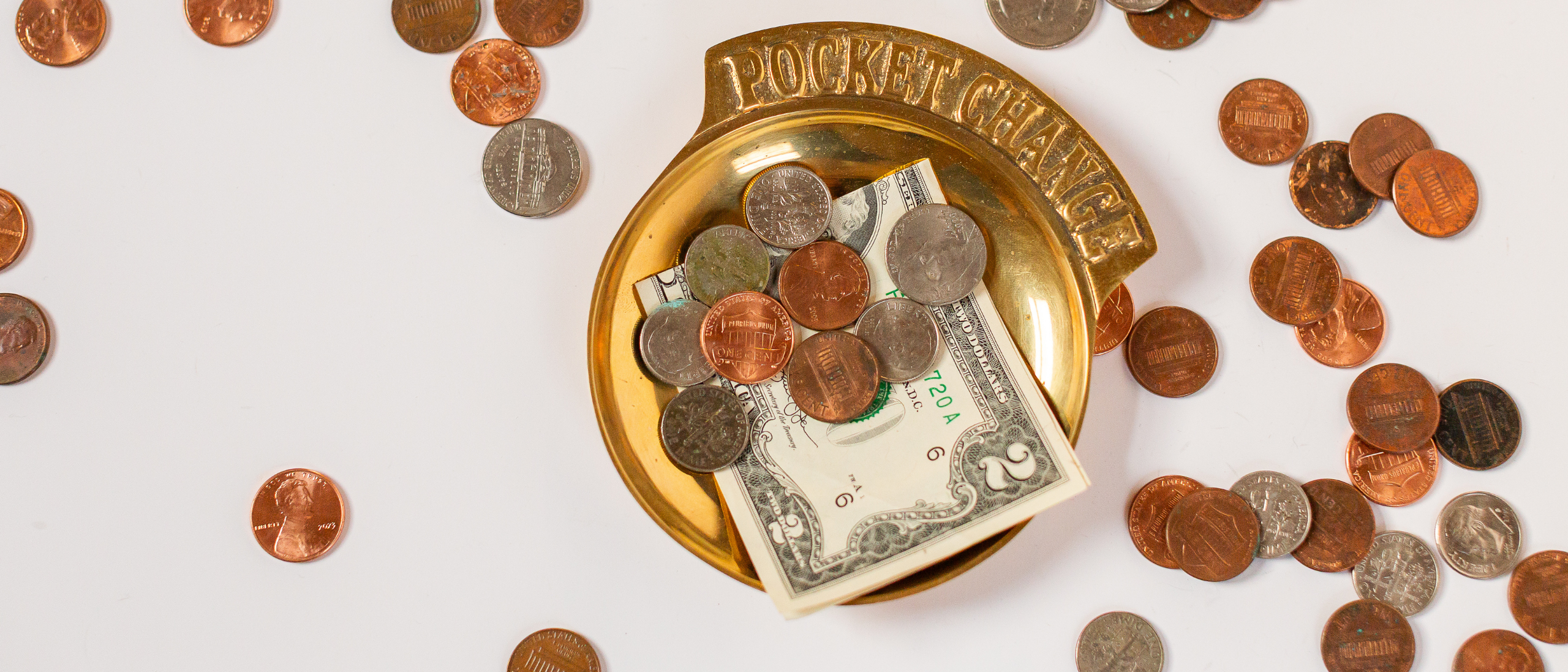Social Security benefits are generally protected from most types of creditor actions, including garnishment. However, the Internal Revenue Service (IRS) has the authority to garnish Social Security payments for certain types of debts.
In today’s post, I’ll explain the rules the IRS follows when garnishing Social Security benefit payments.
Can the IRS garnish Social Security payments?
It’s true that Section 207 of the Social Security Act states that Social Security benefits are generally exempt from garnishment, levy, attachment, or any other legal process. This means that creditors, including the IRS, are restricted from garnishing Social Security payments to satisfy most types of debts.
But there are exceptions to this rule, and if you owe federal taxes, the IRS has ways to get that money from you. One way they can do this is by taking some of your income directly from your paycheck, bank account, or other sources. This is called “garnishment” or “levy.”
And, yes, the IRS can garnish your Social Security payments in order to collect your federal tax debt.
How much can the IRS garnish from Social Security payments?
One thing that’s important to understand is that even if the IRS garnishes Social Security payments, in most cases, they will not garnish the entire payment, especially if the garnishment won’t leave you with enough money to pay living expenses. Another important note is that the IRS no longer garnishes Social Security Disability payments.
The IRS can garnish Social Security payments in one of two ways: by using the Federal Payment Levy Program (FPLP) or by using a manual levy. The IRS garnishes Federal Old-Age (retirement) and Survivors benefits through the FPLP. The FPLP automatically garnishes 15% of those two types of Social Security payments as long as the taxpayer’s income doesn’t fall at or below the poverty guidelines set by the Department of Health and Human Services.
If the garnishment is manual, the IRS can take up to 100% of the Social Security payment unless the taxpayer claims an exemption against the levy. In almost all cases, this exemption is granted, which means that the taxpayer will still receive some of their Social Security payment.
How much a taxpayer can claim as exempt from the garnishment depends upon the taxpayer’s filing status and number of dependents claimed on their taxes. This exemption amount also changes every year. For instance, using the 2023 amounts for exemption, a single taxpayer that claims 0 dependents could still receive $1,154.17 per month in Social Security benefits, even with a manual levy.
What types of Social Security payments can the IRS garnish?
The IRS can garnish Social Security Old-Age (retirement) and Survivor Insurance Benefit payments. However, the IRS cannot garnish lump-sum death payments, survivor benefits paid to children, disability benefits, nor Supplemental Security Income (SSI).
How will I know if the IRS will garnish my Social Security payments?
Before the IRS even thinks about garnishing your Social Security payments, they will send you a series of notices and demands for payment. Then, you’ll receive a CP91 notice or a CP298 notice letting you know that the IRS intends to seize (garnish) your Social Security benefits.
After the intent to garnish notice is sent, you have 30 days to either pay the tax you owe in full or contact the IRS to work out a repayment plan or other option. If you do nothing, the IRS will begin garnishing your Social Security benefit payments.
How can I stop the IRS from garnishing my Social Security payments?
First and foremost, you should consult a Certified Public Accountant or tax attorney if you have questions about your tax debt or how to repay the debt without garnishing your Social Security payments. Secondly, you should communicate with the IRS about any financial hardships you’re facing that could allow you exemptions from or delays to garnishments.
There are also several other alternatives that should be considered before allowing the IRS to garnish your Social Security payments. These options are part of the IRS Debt Forgiveness Program and include options for an Offer in Compromise and a request to be classified as Currently not Collectible.
Can other branches of the federal government garnish Social Security payments?
In addition to the IRS being able to garnish Social Security payments, there are other circumstances where the federal government can garnish those payments as well:
- Student Loans: If you owe money for federal student loans, the government can garnish some of your Social Security payments.
- Child Support and Alimony: If a court has ordered you to pay child support or alimony and you’re not keeping up with those payments, the federal government might step in and take some of your Social Security money to help cover those costs.
- Other Federal Debts: In some cases, if you owe money to other federal agencies, they might be able to garnish your Social Security payments too. This could include things like unpaid federal loans.
If you’re in a situation where your Social Security payments might be garnished, it’s important to know your rights and understand the rules. Remember, your Social Security benefits are there to help you, and the rules are designed to make sure you still have enough to cover your living expenses. If you ever find yourself in a tough tax spot, don’t hesitate to get guidance to help you through it.




